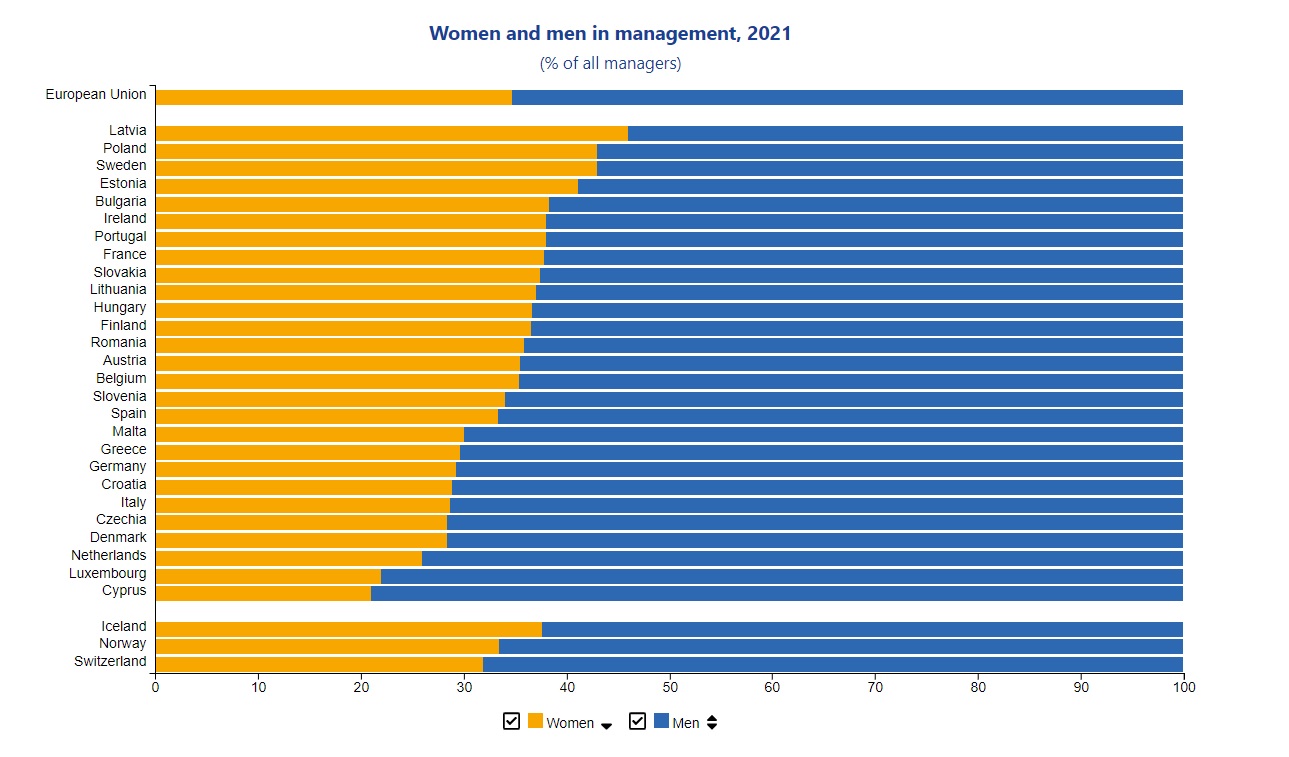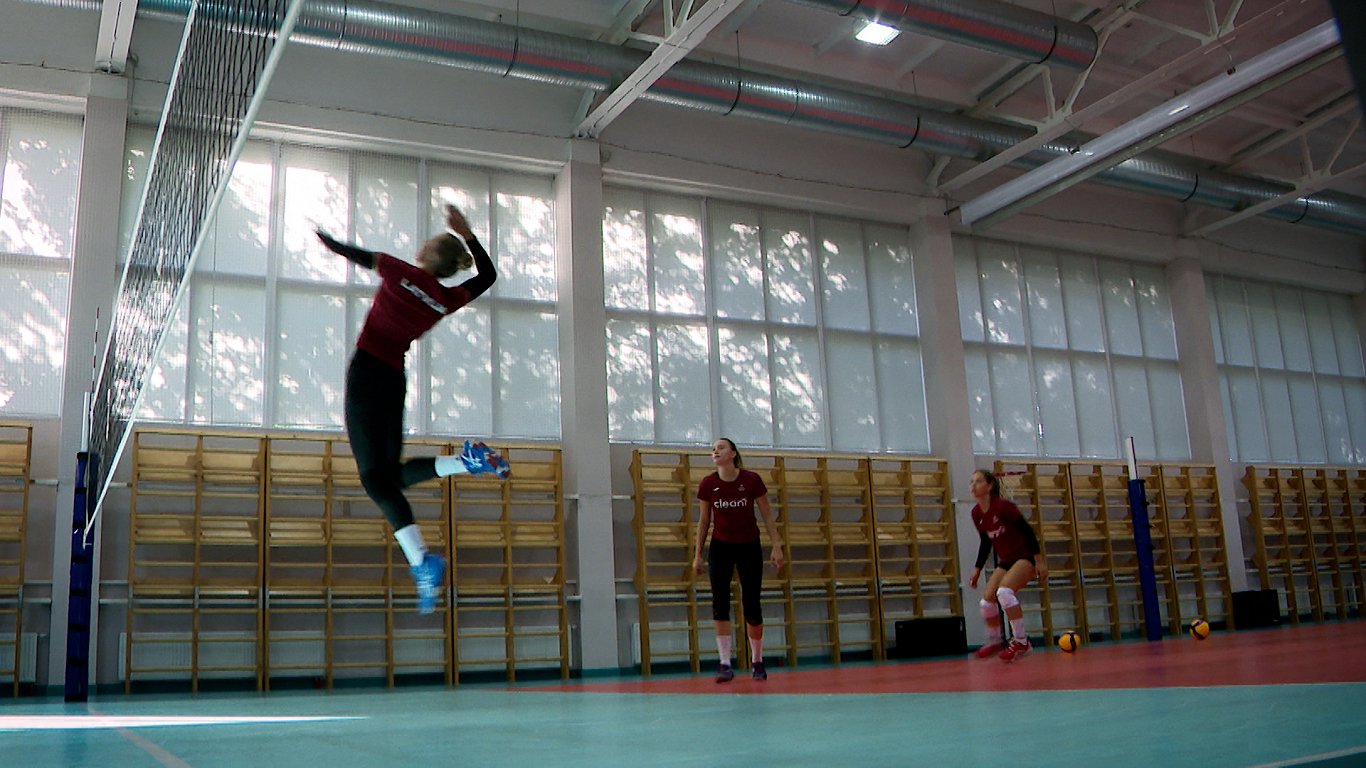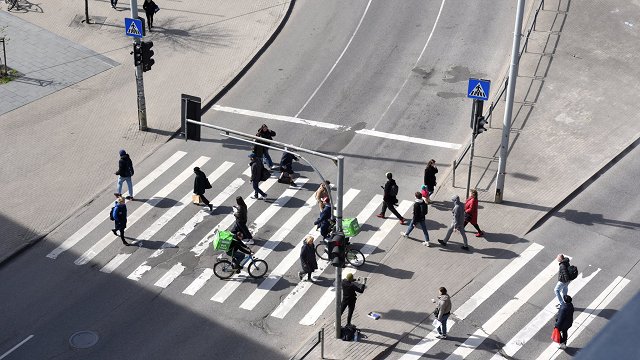As previously reported by LSM, this is nothing new.
In all EU Member States in 2021, women lived longer than men. The EU average was 82.8 years for women and 77.2 years for men, a difference of 5.6 years.
For Latvia, life expectancy in 2021 was 78.2 years for women and 68.6 years for men, a difference of 9.4 years.
Not unrelated is the fact that Latvia is also the place with the greatest proportion of women in the EU compared to the number of men.
There are more women than men in the EU, with around 105 women per 100 men (5 % more) in 2021. There were more women than men in nearly all Member States, with the largest differences in Latvia (16 % more), Lithuania (13 % more), Portugal (12 % more) and Estonia (11 % more), while Malta, Luxembourg, Sweden and Slovenia had more men than women.
Perhaps not unrelated to the facts above is another one: that Latvian women are a bit happier with their lot than Latvian men. On average in the EU, women aged 16 and over rated their life satisfaction as 7.1 on a scale from 0 to 10 and men 7.2 in 2021. In most of the Member States, the ratings were equal or almost equal. In Latvia, women rated their life satisfaction as a just-below-average 6.8, while men scored themselves a slightly more downbeat 6.7 (with only Hungarian and Bulgarian men more miserable).
Another area in which women do better than men in Latvia is in securing employment, In the EU in 2021, the unemployment rate of people aged 15-74 was 7.4 % for women and 6.7 % for men. In fourteen Member States, the unemployment rate was higher for women, in twelve it was higher for men and in Poland it was even. The largest difference between female and male unemployment rates, where the rate was higher for women than for men, was observed in Greece (18.9 % for women and 11.4 % for men), followed by Spain (16.7 % and 13.1 %). The largest difference for the opposite pattern, lower rates for women than for men, was observed in Latvia (6.6 % for women and 8.5 % for men).
Women accounted for slightly over a third (35 %) of managers in the EU in 2021. The share of women in this position was not over 50 % in any of the Member States: the largest proportions were observed in Latvia (46 %), Poland and Sweden (both 43 %) as well as Estonia (41 %). On the other hand, the smallest shares were found in Cyprus (21 %), Luxembourg (22 %) and the Netherlands (26 %).

On the other hand, women in Latvia tend to earn much less than men. In the EU in 2020, women earned 13.0 % less than men when comparing their average gross hourly earnings. On average, women earned less than men in all Member States, however this gender pay gap varies. The largest differences were observed in Latvia (22.3 %), Estonia (21.1 %), Austria (18.9 %) and Germany (18.3 %). On the other hand, the smallest differences in earnings between women and men were found in Luxembourg (0.7 %), Romania (2.4 %) and Slovenia (3.1 %).



























